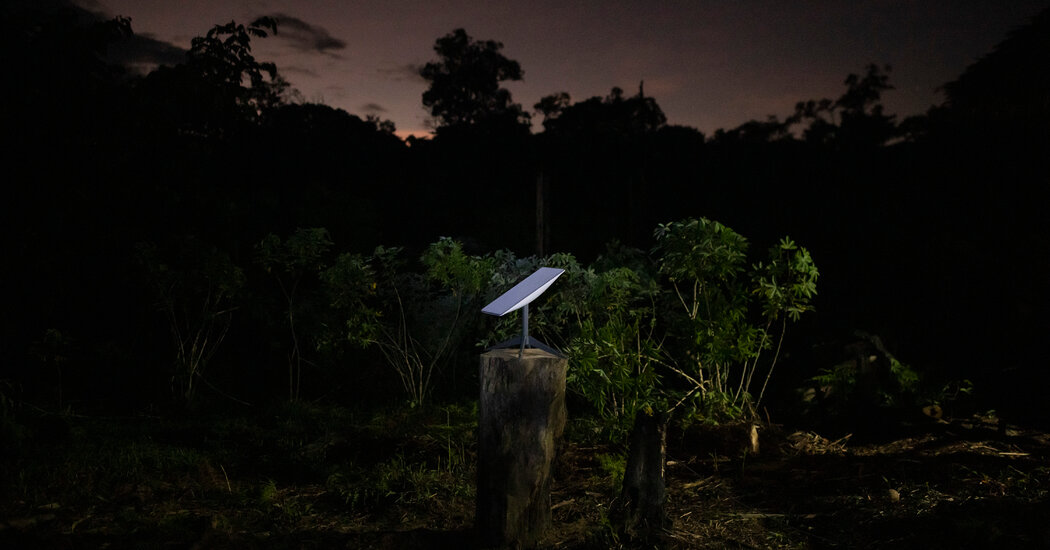As the speeches dragged on, eyes drifted to screens. Teenagers scrolled Instagram. One man texted his girlfriend. And men crowded around a phone streaming a soccer match while the group’s first female leader spoke.
Just about anywhere, a scene like this would be mundane. But this was happening in a remote Indigenous village in one of the most isolated stretches of the planet.
The Marubo people have long lived in communal huts scattered hundreds of miles along the Ituí River deep in the Amazon rainforest. They speak their own language, take ayahuasca to connect with forest spirits and trap spider monkeys to make soup or keep as pets.
They have preserved this way of life for hundreds of years through isolation — some villages can take a week to reach. But since September, the Marubo have had high-speed internet thanks to Elon Musk.
The 2,000-member tribe is one of hundreds across Brazil that are suddenly logging on with Starlink, the satellite-internet service from Space X, Mr. Musk’s private space company. Since its entry into Brazil in 2022, Starlink has swept across the world’s largest rainforest, bringing the web to one of the last offline places on Earth.
The New York Times traveled deep into the Amazon to visit Marubo villages to understand what happens when a tiny, closed civilization suddenly opens to the world.
